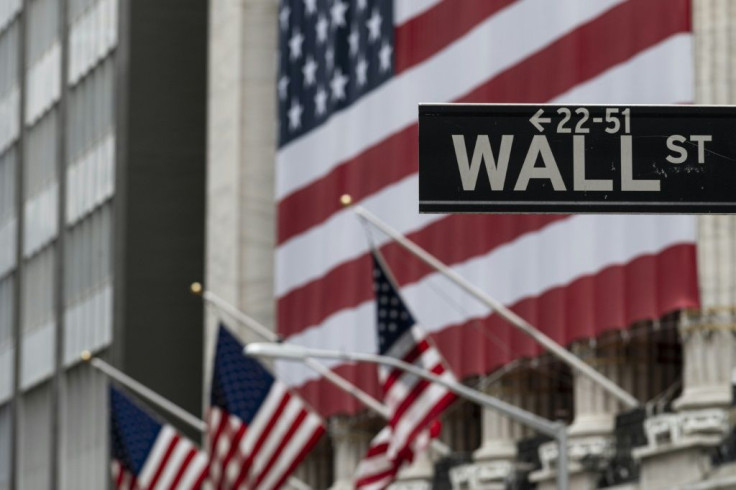Rising Labor Costs Reach Wall Street, What it Means for S&P 500 Earnings

Rising labor costs are beginning to reach Wall Street, having a mixed impact on the Q4 earnings reporting season for companies included in the S&P 500 index.
That's according to FactSet, which keeps a close tally on the earnings reports of listed companies and sifts through conference call transcripts to figure out what companies say about their business environment.
"Labor costs and shortages have been cited by the highest number of companies in the index to date as a factor that either had a negative impact on earnings or revenues in the fourth quarter, or is expected to have a negative impact on earnings or revenues in future quarters," said John Butters, vice president and senior earnings analyst at FactSet. "Of these 20 companies, 12 have discussed a negative impact from this factor. After labor shortages and costs, COVID costs and impacts (10) and supply chain costs and disruptions (10) have been discussed by the highest number of S&P 500 companies."
And the situation could turn worse, as most of the companies included in the FactSet analysis have a fourth quarter that ended in November.
"Thus, it is possible an even higher percentage of companies may see a negative impact from COVID costs and impacts, as the most recent COVID wave did not hit the U.S. until December," adds Butters.
One of the companies seeing rising labor costs as a headwind for its business is JPMorgan Chase & Co, which reported earnings last week.
"It is true that labor markets are tight, that there's a little bit of labor inflation, and it's important for us to attract and retain the best talent and pay competitively according to performance," said CFO Jeremy Barnum in a CNBC interview Friday.
Barnum's comments come a week after the U.S. Labor Department reported that the unemployment rate dipped below 4% in December, meaning that the available labor force is drying up. And that pits employers against each other, especially for skilled labor that works for banks.
Still, higher labor costs don't translate to lower earnings growth across the board for listed companies. Companies can pass higher labor costs to consumers in sectors with little competition, like the express package delivering services. Companies like FedEx and UPS can hike prices above the rise in labor costs, maintaining and even improving profit margins. By contrast, in sectors with plenty of competition, companies have to absorb part of the labor cost, which means lower margins.
Thus far, the companies that have reported earnings belong in the first category, as they have seen a minor shortfall in their earnings growth from rising labor costs.
"It is interesting to note that despite the negative impacts cited by these companies, they reported aggregate [year-over-year] earnings growth of 27.7%," adds Butters. "It appears most of these companies are raising prices to offset these negative impacts, as 17 of these 20 companies discussed increasing prices or improving price realization on their earnings calls."
But that could change as the reporting season extends to companies with little pricing power. These companies could be squeezed both on the top and the bottom lines, as inflation takes its toll on consumer spending and sales slow down.
© Copyright IBTimes 2024. All rights reserved.






















